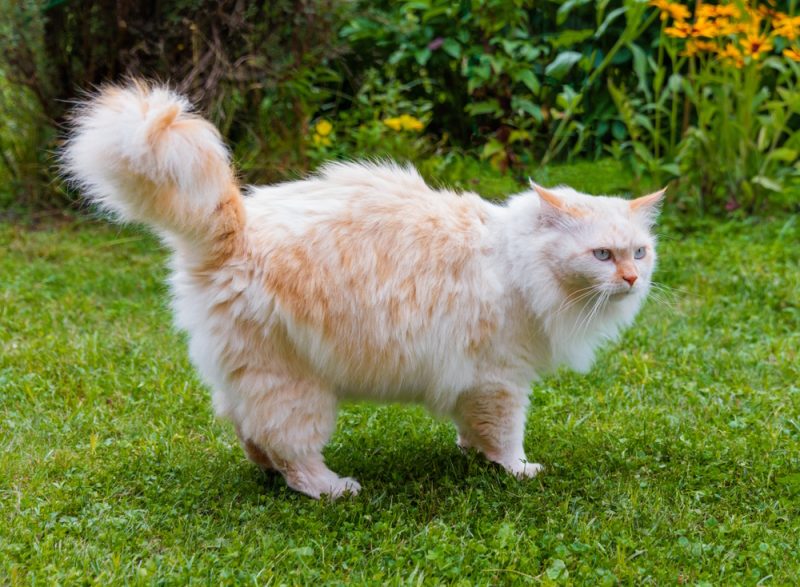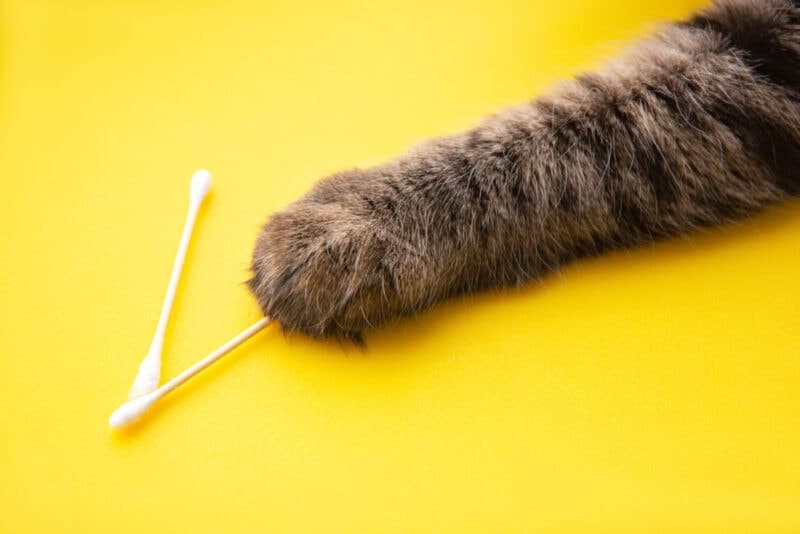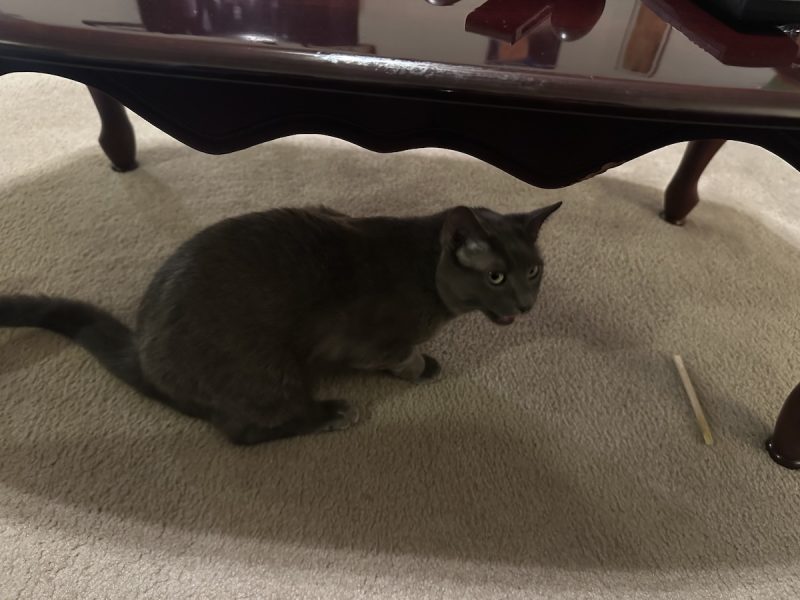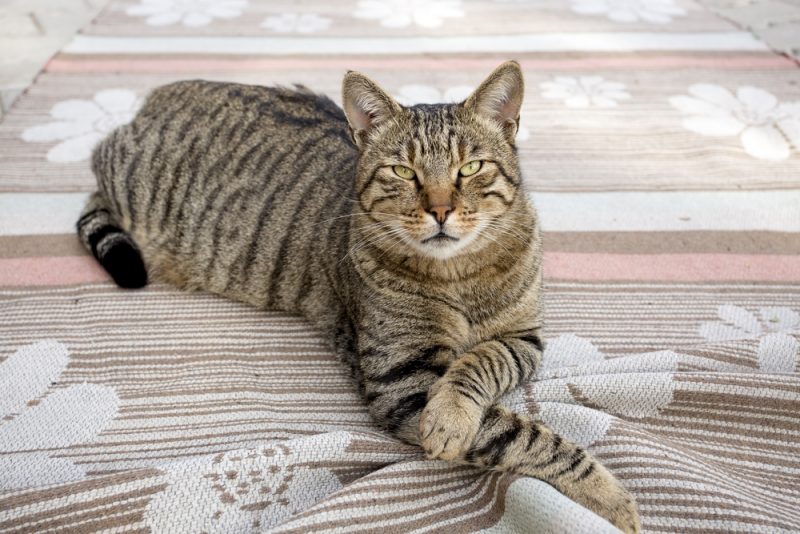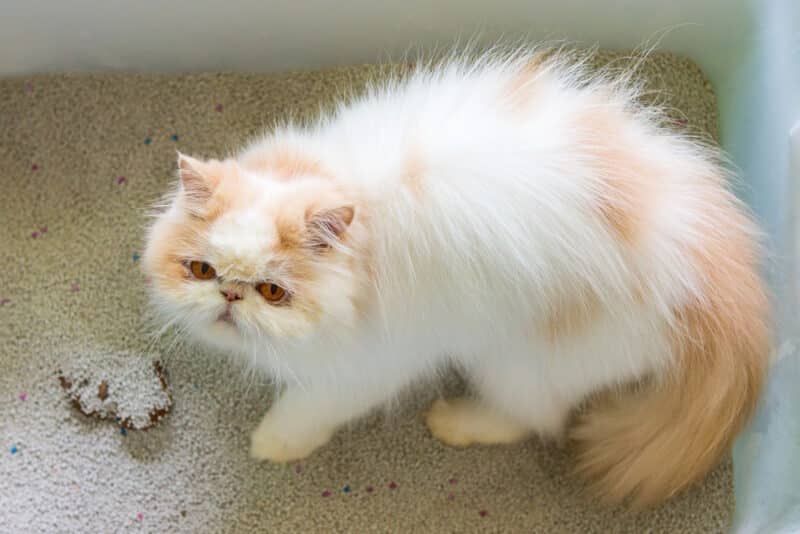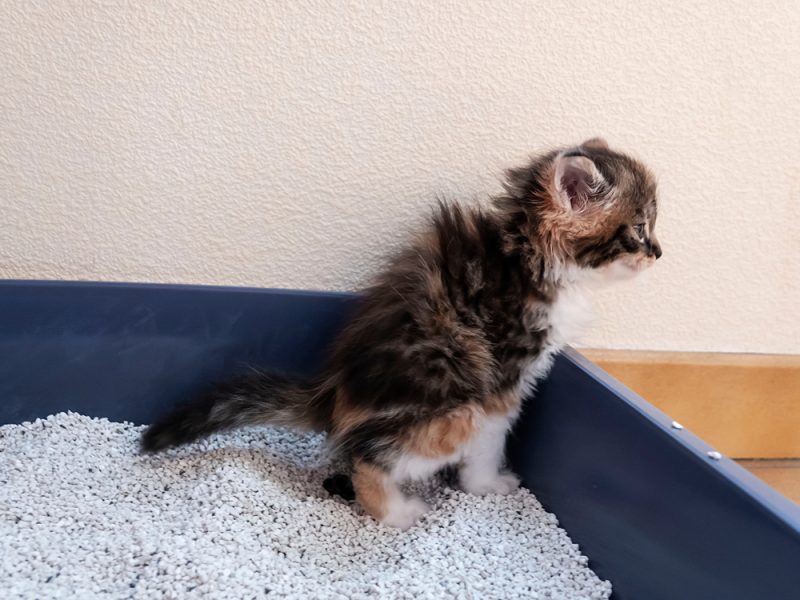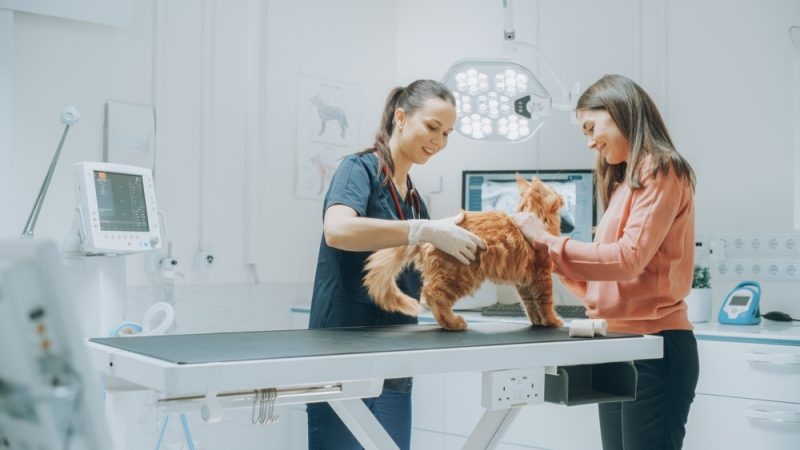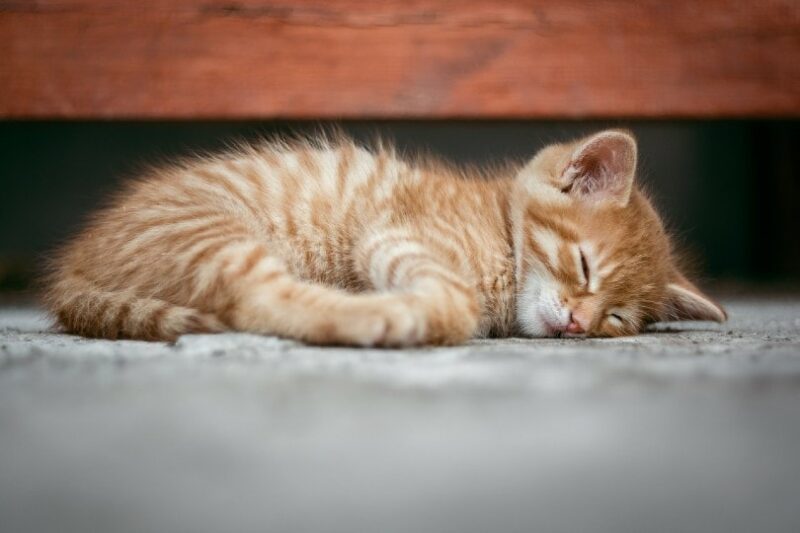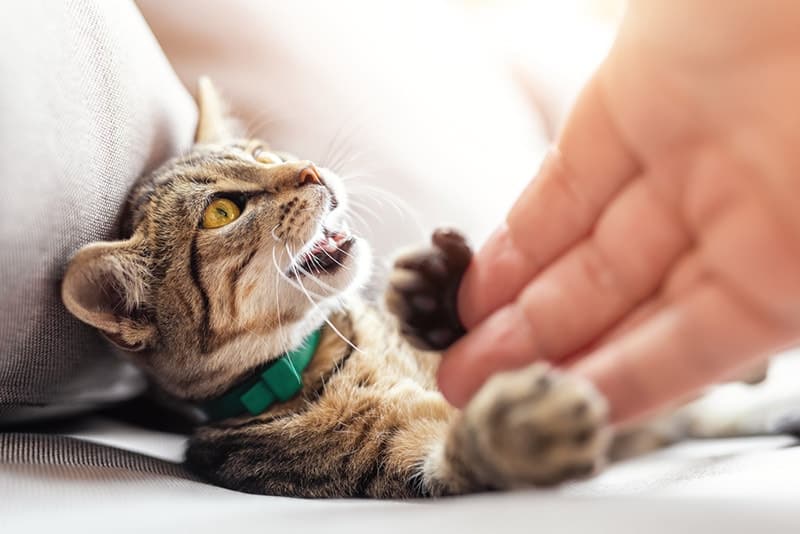In this article
View 3 More +The Turkish Angora is an intelligent cat that also happens to be gorgeous. They originally came from the Ankara region of Turkey centuries ago. In fact, they almost went extinct at one point but made a comeback thanks to the Ankara Zoo.
What these cats are famous for are their long and soft coats. They come in a variety of colors, but white is the most well-known. Keeping those coats beautiful does mean that grooming the Turkish Angora is super important. We have a few tips for you on the best ways to keep your Turkish Angora cat’s coat fine and healthy.

At Home Grooming Products
While cats are generally good at grooming themselves, they occasionally require assistance to remain clean and looking their best. Selecting the right grooming products can significantly enhance the grooming experience, so it’s wise to invest in quality products and tools to make the process easier for both you and your cat.
If you are looking for recommendations on the best cat brush, nail clippers and pet wipes for at-home grooming, check out our top picks from Hepper. With the help of these great tools, grooming sessions will be easier and more enjoyable for both you and your cat.
| Image | Product | Details | |
|---|---|---|---|
Best for Shedding
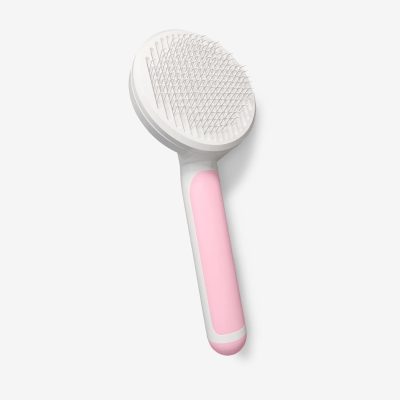
|
Hepper Cat Brush |
|
Check Price |
Best for Nails
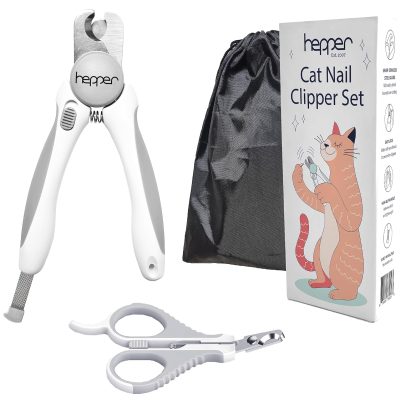
|
Hepper Cat Nail Clippers Set |
|
Check Price |
Best for Eyes, Ears & Paws
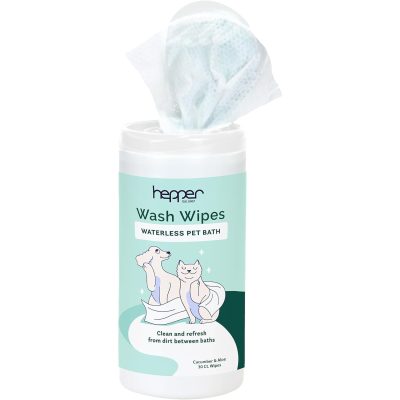
|
Hepper Wash Wipes |
|
Check Price |
At Catster, we’ve admired Hepper for many years and decided to take a controlling ownership interest so that we could benefit from the outstanding designs of this cool cat company!

The 8 Tips for Grooming the Turkish Angora
1. Start When They’re Kittens
This tip doesn’t apply if you’ve adopted an adult Turkish Angora, but the best way to get your cat familiar with the grooming process is to start them when they’re young.
Make a point of brushing your kitten when they’re calm and relaxed, even drowsy. When your adorable kitten is on your lap and ready for a little cat nap, start by gently stroking them. Once your kitten is asleep, switch over to a brush or comb.
Only use long, gentle strokes. Brush your kitten along their back and sides, and try areas like their legs and neck. If they wake up, give them a treat. If your kitten starts attacking the brush, try brushing another time when they are less feisty.
If you continue this process, your kitten will gradually become used to being brushed and even come to enjoy it.
2. Have the Right Brush
Before grooming your cat, you need the right brush and/or comb. Turkish Angoras are medium-longhaired cats, so it’s a good idea to purchase a brush or comb (or both) meant for longhaired breeds.
You can opt for a slicker brush or a fine-toothed comb, both of which work well on cats with medium to long fur.
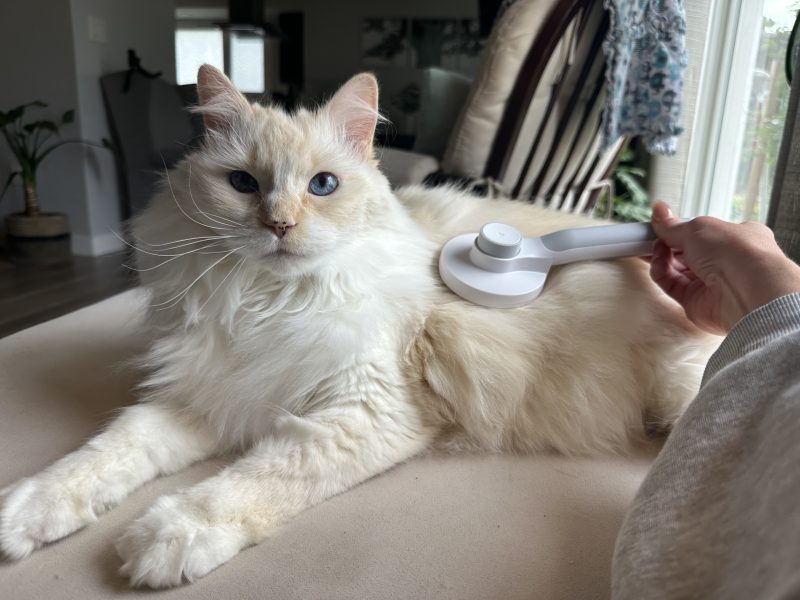
3. Brushing Your Angora
Turkish Angoras are semi-longhaired cats with coats that are rather silky in texture. They have little to no undercoat and hair that doesn’t mat easily, so they are quite easy to brush.
Brushing the Angora once a day is ideal, but you should at least aim for a minimum of once or twice a week.
4. To Bathe or Not to Bathe
For the most part, cats don’t need baths. There are occasions when it might be necessary, such as if something sticky or toxic gets on their fur and you don’t want them licking it off. Otherwise, cats are perfectly capable of bathing themselves.
But if you want your Turkish Angora to feel less stressed around water, you can get your cat used to it when they’re a kitten. That said, this breed is known to actually enjoy playing in the water and to be good swimmers.
5. When There Are Mats
While Turkish Angoras don’t develop mats easily, if there are any tangles, try to work them out carefully. You don’t want to hurt your cat by tugging too hard on their delicate skin.
In some cases, mats need to be cut out, so either leave them for your vet or professional groomer or carefully cut them yourself. Be careful, as there have been cases of well-meaning cat owners accidentally nicking their cat’s skin. You can consider a mat remover instead.
If you need to speak with a vet but can't get to one, head over to PangoVet. It's an online service where you can talk to a vet online and get the advice you need for your pet — all at an affordable price!

6. Check the Ears and Eyes
As a part of the grooming process, you should check your cat’s ears. Cats are good at cleaning their own ears, but you should still keep an eye on them because you can sometimes spot problems in this area, like ear mites.
Clean ears should be light pink with no odor. If you notice any issues, speak to your vet. You can also use a soft and damp cloth and gently wipe inside the ears, but be sure to avoid the ear canal.
When that’s done, check your Angora’s eyes. If there’s any gunk, use a damp cloth to remove it.

7. Brush the Teeth
It’s to your advantage if you start doing this with a kitten so it won’t be difficult dealing with an adult cat’s teeth. You should use a toothbrush and toothpaste made for cats.
Don’t use human toothpaste because the fluoride is toxic to cats — and they won’t like the mint.
Start brushing your Angora’s teeth by allowing them to lick some of the toothpaste so they get used to it. Then, put a small amount on your finger and gently rub your cat’s gums.
If this seems to go over well, you can move to the toothbrush and toothpaste. Just do it a little at a time. If your cat wants to stop, you stop. Sometimes it might take multiple attempts before you get all their teeth brushed. This should be done about three times a week.
8. Nail Trimming Time
Cat’s nails should typically be trimmed every couple of weeks or at least once a month. You can have your Angora’s nails trimmed at your vet’s or by a groomer, or you can do it yourself.
Your best bet is to get your cat used to this process when they are kittens. If you gently handle your kitten’s paws frequently and press their paws gently so their claws come out, you’ll have an adult cat that won’t mind nail trims so much.
Take a paw, and while gently pressing it, trim the tips. Avoid the quick, which is the pink part inside the nail. This will hurt the cat and cause bleeding.
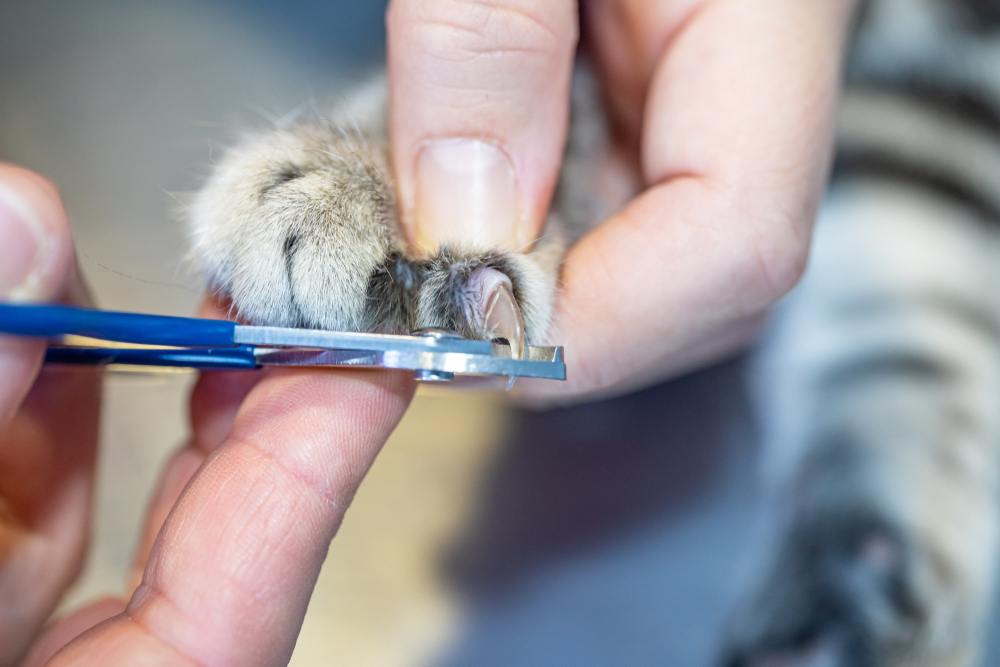

Little Details
Every time you brush your Angora, you are assisting in their overall health — and the cleanliness of your house. They shed frequently, and regular grooming can reduce many of those stray hairs.
Also, mats are quite painful for cats because they can pull on the skin, so brushing them out before they become a problem is necessary.
Grooming your cat also allows you to really get to know them. It is not only a bonding experience, but you’ll also become familiar with your cat’s body. This way, if your cat starts experiencing a health issue, it will be easier for you to detect it.

Conclusion
Many elements go into grooming a Turkish Angora, let alone any cat. Brushing their fur, trimming their nails, brushing their teeth, and checking their ears and eyes are all meant to help make your cat comfortable and help them remain in good health.
Featured Image Credit: Vadim Petrakov, Shutterstock
